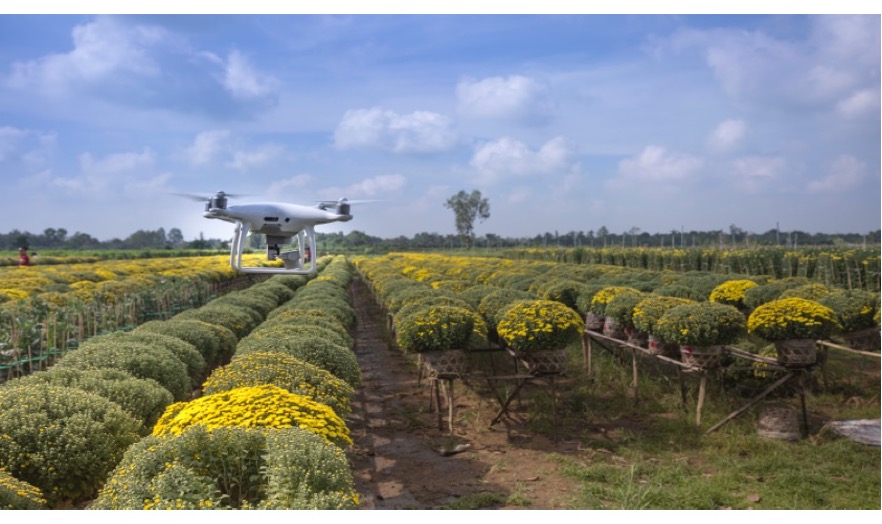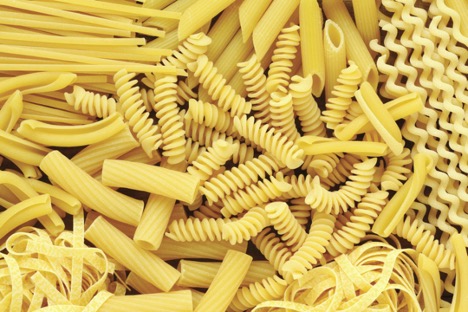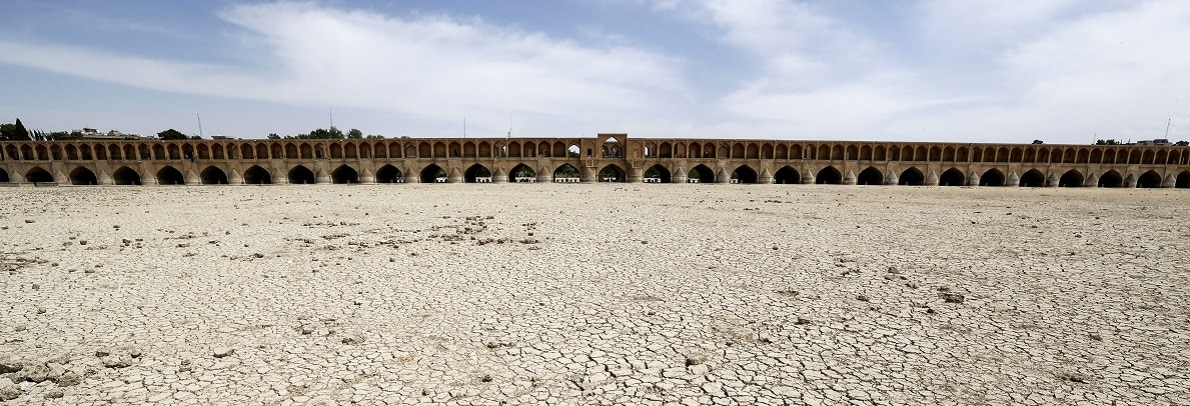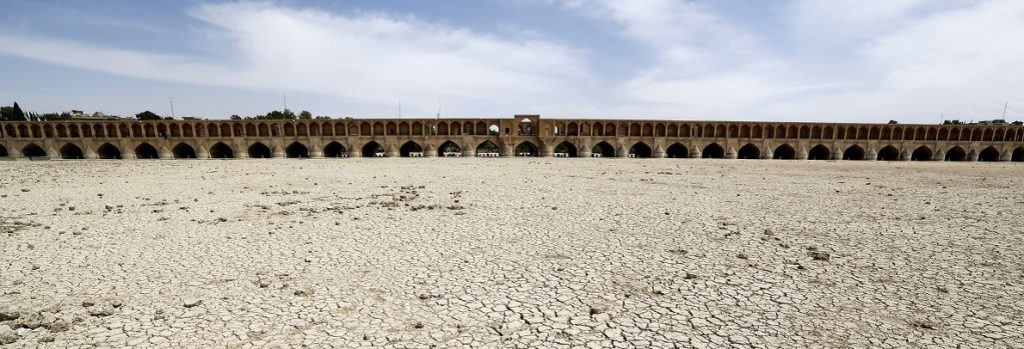Author: Zrinka Boric, Giorgia Zaghi, and Beatrice Gori
According to the estimates, the global population will reach 9.7 billion people by 2050. To meet such growing food demand, the food production in the world will need to increase by 70% in the upcoming decades. At the same time, the agricultural sector is currently facing several challenges, such as limited availability of arable land and fresh water, a slowdown in the growth of crop yields, consequences of climate change, and covid-19. The UN's second Sustainable Development Goal (SDG2) targets to end hunger, double agricultural productivity, and ensure sustainable food production systems by 2030. To successfully address the challenges and achieve food security digital technologies are expected to become a foundation in future food production. At the World Summit on Food Security 2009, the four pillars of food security were identified as availability, access, utilization, and stability.
Recently the Focus Group on Artificial Intelligence (AI) and Internet of Things (IoT) for Digital Agriculture (FG-AI4A) was formed, in cooperation with Food and Agriculture Organization (FAO), to explore the potential of technologies (AI, IoT) in the acquisition and handling of necessary data, optimization of agricultural production processes, and to ultimately identify best ways (and possible challenges) to use such technologies within the agricultural domain.Artificial intelligence (AI) technologies are forecast to add US$15 trillion to the global economy by 2030. According to the Government AI Readiness Index 2019, the governments of high income-countries have better odds to utilize these gains than low-income countries. Therefore, there is a risk that low-income countries could be left behind by the fourth industrial revolution.

Examples of the use of digital technologies in agriculture
| TECHNOLOGY | USE IN AGRICULTURE |
| AI | The utilization of AI and Human Intelligence can increase the capabilities and knowledge of farmers and improve the sustainability of their productions. Meanwhile, farmers can better manage their resources and obtain superior production rates. Sustainable green farms with optimal yielding are a fundamental step towards the Sustainable Development Goal 12 which provides for a “responsible consumption and production."Farms produce massive amounts of data daily, which AI and machine learning models could utilize to increase agricultural productivity while minimizing harmful practices (i.e. extensive use of pesticides, monocropping). |
| Image Data (drones & satellites) | For instance, agricultural technology or AgriTech drones are powerful tools that can help monitor the most inaccessible and vulnerable areas and design and support adequate farming operations. By surveying and mapping the fields, drones provide information and predictions on the crops' growth and help prevent anomalies and disruption of the productions.Satellite image data paired with AI technology aims to help governments and organizations address agricultural challenges by providing granular insight and data analysis. |
| GPS (Global Positioning System) remote sensing technology | GPS technology is already steadily used to enhance agricultural processes and productivity and provides insight into the quantity of food produced proportionately to units of water. |
| Internet of Things | The IoT refers to devices with a sensor that enables them to transmit data through a network. IoT enables the collection and analysis of data and enables better tracking of performance, making informed decisions, and increasing efficiency and sustainability. |
| Yield monitoring and mapping | During the harvest, a dataset is collected (using different sensors and GPS technology) which can later be analyzed through specified software.This valuable dataset provides relevant information that helps to improve yield management, rational use of available resources, develop future nutrient strategies, and ultimately achieve more sustainable agriculture with lowered production costs. |
| Automation | Different forms of automation are used in agriculture to help farms operate more efficiently and increase productivity. Automation appears in many forms, from simple automatic watering systems used in many households, to specialized agricultural drones, robots (like harvest robots), and even driverless tractors. |
AI in low-income countries
AI has the potential to have relevant impacts on low-income countries as it could bring about more opportunities to current problems in agriculture and numerous other fields. AI is a tool directed towards development enhancement, the so-called “AI4D” (AI for development). AI could bring about infrastructural and qualitative development, in terms of societal empowerment and change.
Moreover, one of the most relevant improvements in the agricultural sector would be rendering more efficient use of scarce resources.
Specified technologies and systems can target specific needs and/or problems in the exact timing and/or quantities. The specific cases of Israel and China exemplify the relevance of AI for development and resilience.
Both countries have massively invested in smart agriculture to increase yields, productivity and improve precision agriculture given the constraints of the growing scarcity of natural resources. China and Israel managed to improve their agricultural output to an extent where it is possible to consider them as “nations that feed the world”. Moreover, they both could export basic technologies to other countries to implement such “smart tools” to strengthen the latter’s agricultural export sector. For instance, this would be the case for Israel in countries like Indonesia and Thailand that have successfully utilized Israeli technology to improve their agricultural sector and export.
While the adoption of AI technology in agricultural practices of low-income countries seems like an easy way to solve relevant problems related to development, there are still many risks and barriers that ought to be considered. More specifically, compared to the costs of traditional systems, initial infrastructure costs for AI are extremely high – this would call for more participation from transnational organizations and technology companies to assist and supply basic infrastructure in low-income countries.
Conclusion
To conclude, the opportunities that AI holds in the agricultural sector seem to have the potential to accomplish part of the SDGs agenda for 2030. This is certainly an argument that can be applied to Western countries with the investment capacity to carry on a fourth agricultural revolution. Optimization of precision agriculture and the efficient use of scarce resources are essential steps to fight world hunger and climate change.
However, new technologies come with high entry-level costs and such investment could be too risky or too high for low-income countries and small-scale food producers.
While a new agricultural revolution will benefit countries and food producers who can afford to bring about sustainable development, it is necessary to acknowledge that a significant risk lies ahead: leaving out the have-nots in favor of the sole development of the haves.


